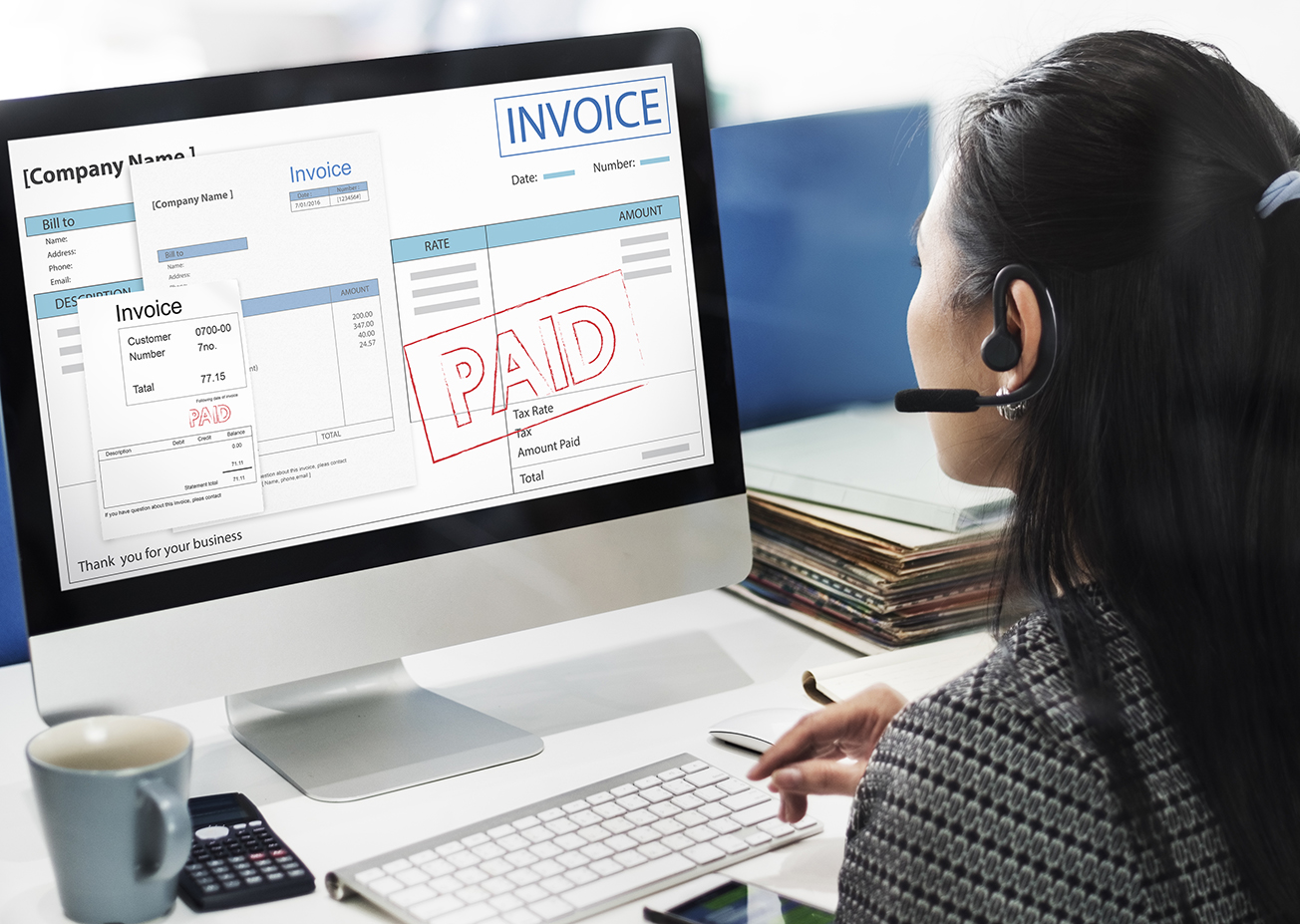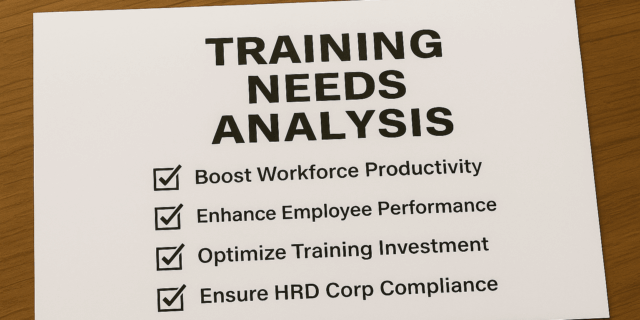Introduction
E-Invoicing is set to change the way businesses in Malaysia handle financial transactions, ushering in a new era of digital tax administration. While large corporations may have more resources to adapt, Small and Medium Enterprises (SMEs) must also prepare for the changes ahead. This article explores e-Invoicing, its potential impact on SMEs, and how your business can effectively prepare for the transition.
What is E-Invoicing?
E-Invoicing refers to the electronic exchange of invoices in a structured format that allows seamless integration between your business’s accounting systems and the Inland Revenue Board of Malaysia (LHDN). Unlike traditional paper-based or PDF invoices, e-Invoices are processed automatically, reducing manual work and minimizing errors.
How Will E-Invoicing Impact SMEs?
For SMEs, transitioning to e-Invoicing offers both significant benefits and unique challenges:
- Mandatory Compliance: Depending on your annual turnover, SMEs need to comply with the new system by specific deadlines. Non-compliance may result in penalties and potential business disruptions.
- Operational Efficiency: E-Invoicing automates the invoicing process, leading to faster invoice processing, reduced errors, and improved cash flow.
- Cost Considerations: While the long-term benefits include cost reductions in printing and manual processing, SMEs might initially face expenses related to upgrading or purchasing compatible software.
- System Integration: SMEs must ensure that their existing accounting or ERP systems are compatible with LHDN’s e-Invoicing system.
- Training and Adaptation: Employees who manage invoicing will need training to familiarize themselves with the new digital processes.
Malaysia’s E-Invoicing Implementation Timeline
Malaysia’s e-Invoicing system is being implemented in phases based on a business’s annual turnover or revenue. The updated timeline (as of 21 February 2025) is as follows:
- 1 August 2024: For taxpayers with an annual turnover or revenue of more than RM100 million.
- 1 January 2025: For taxpayers with an annual turnover or revenue of more than RM25 million and up to RM100 million.
- 1 July 2025: For taxpayers with an annual turnover or revenue of more than RM500,000 and up to RM25 million.
- 1 January 2026: For taxpayers with an annual turnover or revenue of up to RM500,000.
For many SMEs, the most relevant deadlines are 1 July 2025 (for those with a turnover above RM500,000) and 1 January 2026 (for smaller enterprises).
Challenges SMEs May Face in Implementing E-Invoicing
- Technical Barriers: Many SMEs currently rely on manual invoicing methods. Transitioning to an automated system requires investment in compatible software.
- Initial Investment: Upfront costs for upgrading IT infrastructure may be challenging, particularly for smaller businesses.
- Change Management: Employees and management may be resistant to change, so proper training and support are critical.
- Compliance Risks: Delaying the transition might expose SMEs to compliance risks and potential penalties.
How SMEs Can Prepare for E-Invoicing
To ensure a smooth transition, SMEs should take the following steps:
- Understand the Requirements: Review LHDN’s e-Invoicing framework carefully and determine your business’s applicable timeline.
- Upgrade Accounting Systems: Invest in or upgrade to e-Invoicing-compatible software. Consider partnering with service providers who specialize in digital tax solutions.
- Train Your Staff: Equip your team with the necessary skills and knowledge through training sessions to ensure a smooth changeover.
- Plan Ahead: Begin testing your new system well before your compliance deadline. Early adoption can help identify and resolve issues before full-scale implementation.
- Consult Experts: Engage with professionals who can offer guidance and support to help streamline the integration process.
Conclusion
E-Invoicing represents a significant shift in how financial transactions are processed in Malaysia, offering enhanced efficiency, reduced costs, and greater regulatory compliance. For SMEs, this transition is not without challenges—but with proper planning, investment in technology, and staff training, the long-term benefits are substantial. By understanding the updated implementation timeline and preparing proactively, SMEs can navigate this digital transformation successfully and secure a competitive edge in the evolving business landscape.
Sources
https://www.hasil.gov.my/




